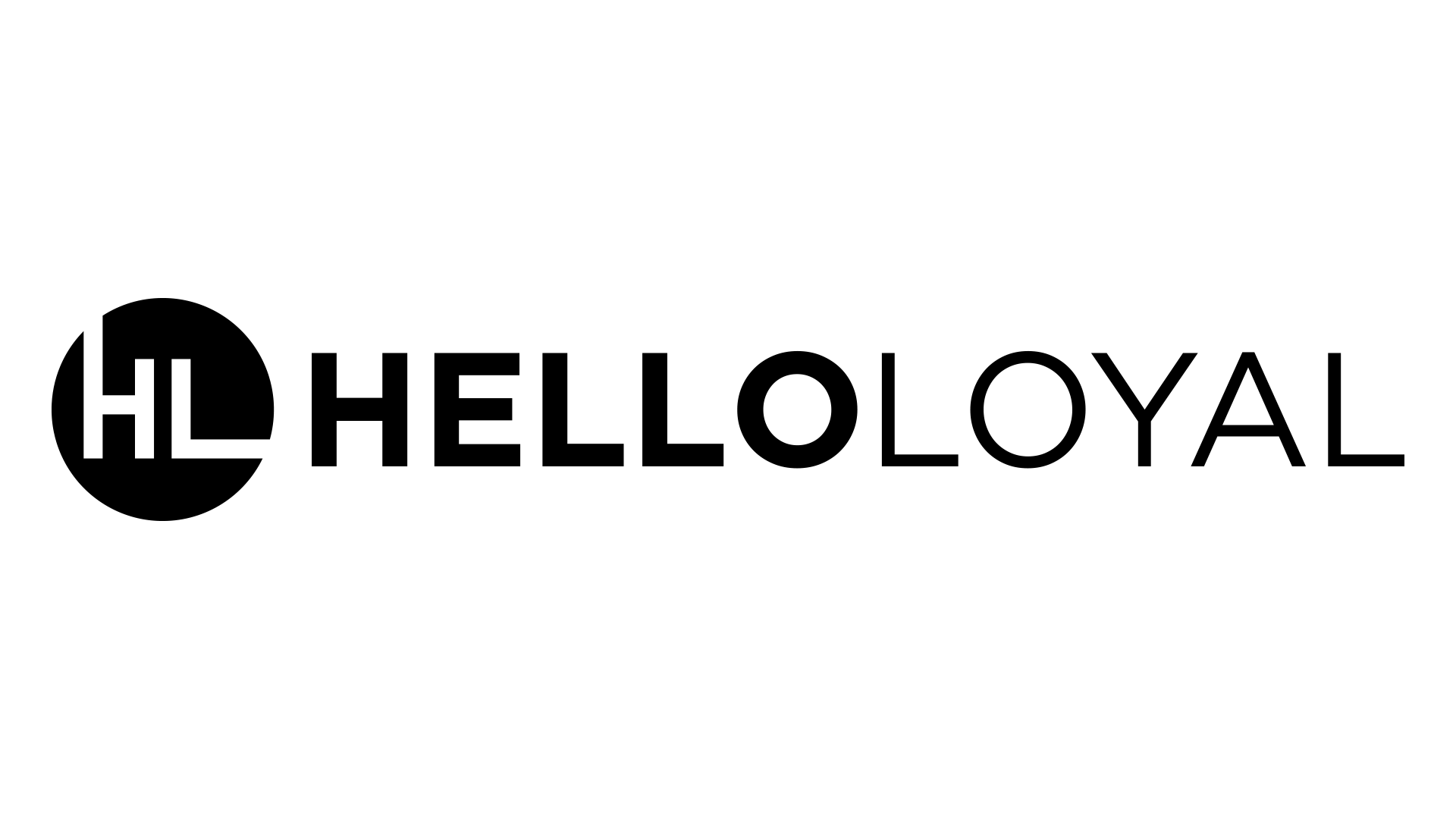Online courses take a lot of work to create. Going from the concept to the result involves hundreds of hours of work. Don’t go into it blind!
If you’re thinking of launching your first online course, you’ll want to be ready before you start working on it. Here’s what you need to know before working on your own course.
Know Who You’re Speaking to

Write out the profile of the exact person you’re making the course for. When I say exact, I mean it. Plan it out as if you were doing private tutoring with one specific person. If it helps, you can even give them a name.
Courses are only as good as their targeting. The broader your target audience is, the harder it will be for you to create something truly valuable for them, which is why narrowing it down to a specific person helps. When you have a single person you’re crafting your course for, it’s easier to understand what that person will find valuable and build a course around it. It’s also easier to market the course since you can focus on a specific pain point and how your course addresses it.
Why narrow it down so far?
Your course should be able to ease a pain point for someone. The good news is there are nearly 8 billion people in the world. Many people share the same needs, so if you focus on appealing to one person, you’ll create something valuable for a niche that includes many more people.
Your course should attract a specific type of person rather than being only semi-attractive to a large group. There’s a lot of competition for digital courses. Niching down is the best way to show your audience the value you bring to their situation. The more you speak to an exact need, the more attractive your course will be to people with that need.
Build a Clear Value Statement

Since you’ve already narrowed down who your target audience is, you need to decide what your end goal is for your course.
What value will your audience get from your course?
Here are a few questions you should ask to help you understand if your value statement is good enough to build a course around.
Does This Fulfill a Need?
Every course needs a goal. There’s something your viewers expect to learn or be able to do after they finish the course. Your course should address your target audience’s needs or help them overcome a specific problem.
If it doesn’t fulfill a need, loop back and refine it until it does. This is why you must create your value statement before you actually make the course!
Is There Enough Unique Value for Learners?
Competing with existing courses that share your value statement is only possible if you already have a large audience to buy your course. The best way around this is to provide unique value to your audience. This is where the niching down comes in.
You need to find a way to stand out from your competition. Figure out how to make your course unique among similar courses if you want a chance to cut out your piece of the pie.
Here are a few examples of taking a broad course topic and giving it a unique selling point (USP):
“Basics of Photography” becomes “Learning Photography Basics with Just Your Phone Camera”
“Identifying Herbs” becomes “Identifying Herbs for Teas and Cooking”
“Building Muscle” becomes “How to Build Muscle without Gym Equipment”
The idea is to take a topic and make it more appealing to a particular group of people. Many people might be interested in a broad topic but not interested enough to buy a course. If you can tap into the specific purpose behind their desire for the course, your course becomes instantly more appealing. Find a pain point and address it directly.
Do You Have Outlets for Continued Learning?
Once your course is done, where can your audience go to continue learning more about the topic? Establishing a pipeline from your course into your broader community is helpful.
This could be as simple as setting up an email list for ongoing email marketing, joining a Discord server with others who did the course, or sending viewers to your website and social media accounts. Having somewhere to point your course participants helps you grow your audience with people willing to follow through on your CTAs and spend on the products you make.
Outline the Learning Arc

A good course follows a specific arc that takes them from point A to point B. Most courses should be linear, building up your skills and knowledge in a particular order that builds on itself over time. What you learn in the beginning should be relevant to what you’re learning in the middle and end of the course.
Outlining helps you nail the learning arc before creating the course material.
A basic course outline usually looks like this:
Introduction/Course Description
The first part of the course should lay out what the learner can expect to get out of it. First, you should introduce yourself, establish the course goals, tell the learner what they’ll be able to do or know by the end, and give the viewer a simple overview of how things will go. It’s a short section but sets up the viewer’s expectations, making it a necessary first step.
Module Overviews
This is where you’ll outline all the different things you’ll teach in your course. When starting, you can write down everything you want to include and organize those lessons into modules.
Modules overviews should include the following:
- Individual lessons included in each module
- Types of content used for each lesson
- Descriptions of what each lesson is about
These will be basic summaries. You don’t have to have all the specifics yet, just a general idea of what you’ll include in the course so you can plan around it.
Module Mapping
With an idea of what modules you want to include, you can map out the order of those modules in the course. Ensure you include foundational concepts before any information that might rely on those foundations.
Layer the information from the course in a way that flows well for the learner. Feel free to make as many tweaks as needed to get this right. It’s better to play around with the outline before creating any actual content for the modules!
Assessment/Practical Application
Most courses include assignments that allow participants to exercise their knowledge. These can be graded assessments, such as quizzes or practical assignments that participants can do using the skills they learn in your courses.
Assessments usually appear at the end of a module, but you can place them after every lesson if your lessons include enough material. The purpose of these assessments is to give your course viewers a chance to test their knowledge and see if they’re getting it or not.
Conclusion/CTA
Courses typically have a short conclusion session where you might touch on the basics of the course again and point students toward something else. This call to action (CTA) can be anything, from joining a community of other learners to signing up for your email list. The important thing is that you have a CTA that allows course participants to stay connected with what you do.
Breathe & Dive In

With digital courses, a well-made outline is half the battle. The planning stage takes a while because you’re deciding on all the essential details of the course. Once your outline is done, your only job is preparing the content.
You can create your course in chunks. Take your time to refine your scripts or lesson plans until you’re happy with them, then start capturing the content for the course.
Don’t overthink it. If you’ve put in the work to plan your course well, be confident in what you’re making and keep moving forward. You can always make changes in the editing phase before you publish!
Are you ready to make your first course? Let us know your thoughts in the comments below!


